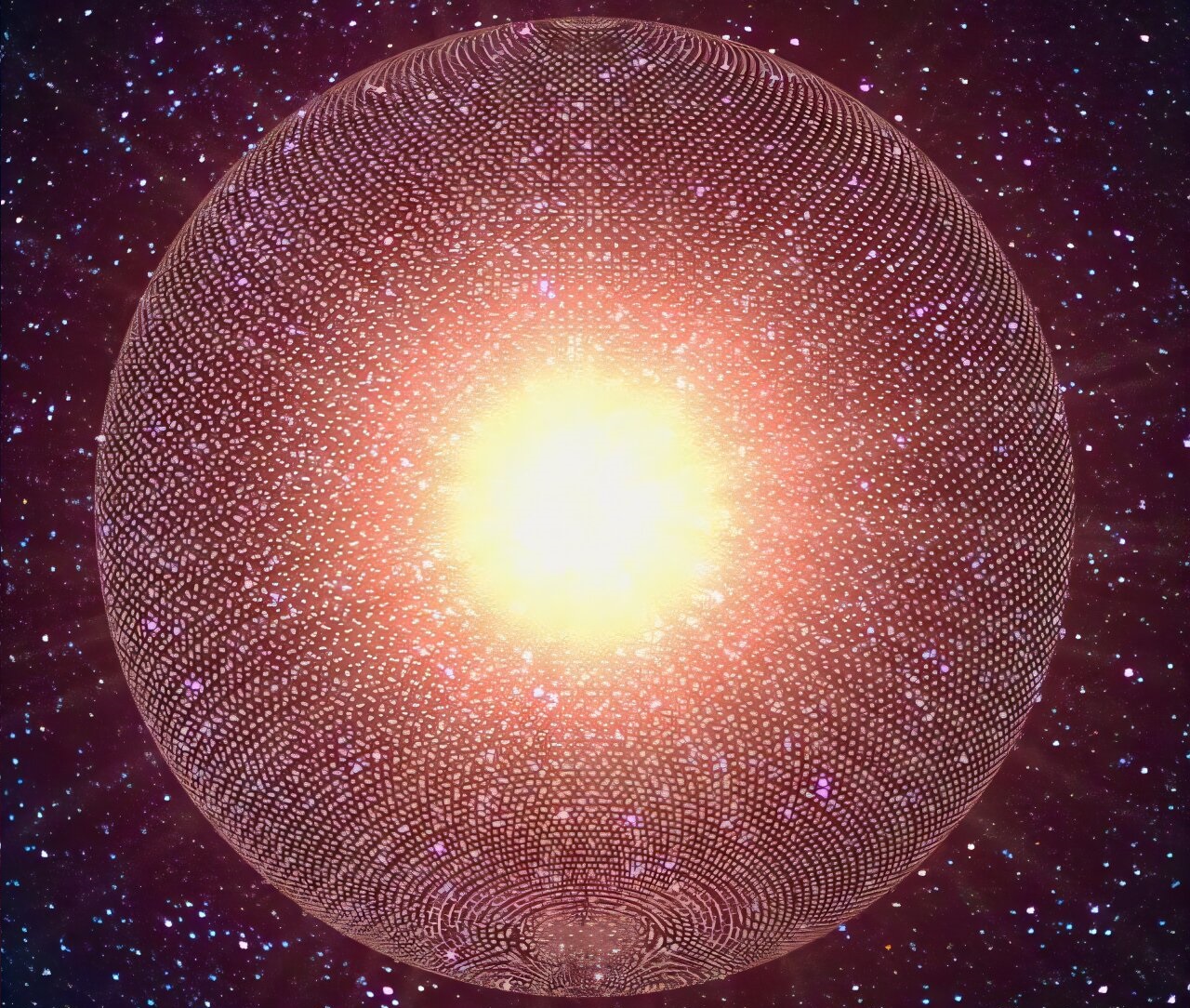A Dyson swarm is a concept that is similar to the area around a star that collects its energy. The only difference is that in this case the design is not continuous, but is made up of millions of individual units. The idea is considered promising, but scientists have recently suspected that it could harm life on Earth.

Dyson swarm as an astroengineering structure
When civilizations become more advanced, their energy needs also increase. In all likelihood, an advanced civilization might need so much energy that it would surround its host star with satellites collecting solar energy. These Dyson swarms will trap heat, so any planets within the sphere will likely feel the temperature rise. A new paper explores this and concludes that a full Dyson swarm beyond Earth’s orbit would raise our temperature by 140K.
The Dyson swarm concept is a purely hypothetical concept, a theoretical megastructure consisting of numerous satellites or habitats orbiting a star to capture and utilize its original energy. Unlike the rigid shell of the Dyson sphere, the swarm presents a smaller engineering challenge, allowing it to be scaled up as energy requirements grow. The concept, first popularized by physicist Freeman Dyson in 1960, represents one of astroengineering’s most ambitious but potentially achievable advances, which could eventually allow civilization to harness a significant fraction of the host star’s total energy.
So far it’s only theory and science fiction, but it has inspired real scientific research. It’s an idea that presents a potential solution to the enormous energy needs as we take the first steps toward traveling beyond our solar system. If we, or any advanced civilizations that may exist there, succeed, they will be classified as Type II on the Kardashev scale. This scale is used to determine the level of technological development of a civilization based on the amount of energy it can master and use.
Engineering Challenges for the Dyson Swarm
The Dyson swarm structures will likely utilize photovoltaic technology to turn stellar radiation into usable energy. Their energy conversion efficiency is highly dependent on the temperature of the solar cells, and unlike their terrestrial counterparts, they must balance thermal exchange with the sun, outer space, and the vast surface area of their structure. Adjusting the temperature of the structure is one of the challenges to overcome, as it needs to stay cool for optimal performance.
It is not only the temperature of the structures that causes problems, argues Ian Marius Peters of the Helmholtz Institute Erlangen-Nurnberg for Renewable Energy. In his scientific work, he explores the environmental changes of planets in a swarm or sphere. The study investigates whether a megastructure can be built using materials available in our solar system while maintaining Earth’s suitability for life, balancing the goal of capturing stellar energy with the need to maintain conditions that support life on our planet.
Earth’s temperature rise and a possible compromise
The paper concludes that a Dyson sphere around the Sun would have a significant impact on Earth’s climate. Small spheres orbiting the Earth prove impractical because they either get too hot for their own efficiency or have too much impact on the solar energy coming into our planet.
While large spheres allow for efficient energy conversion, they would raise the Earth’s temperature by 140 K, making it completely uninhabitable. A compromise may consist in creating a partial structure (a Dyson swarm) at a distance of 2.13 a.u. from the Sun. This would collect 4% of the sun’s energy (15.6 yottawatts, or 15.6 million billion billion watts) while raising the Earth’s temperature by less than 3 K – compared to current global warming trends. However, this is still quite a difficult engineering challenge, needing 1.3×1023 kg of silicon.
According to phys.org


